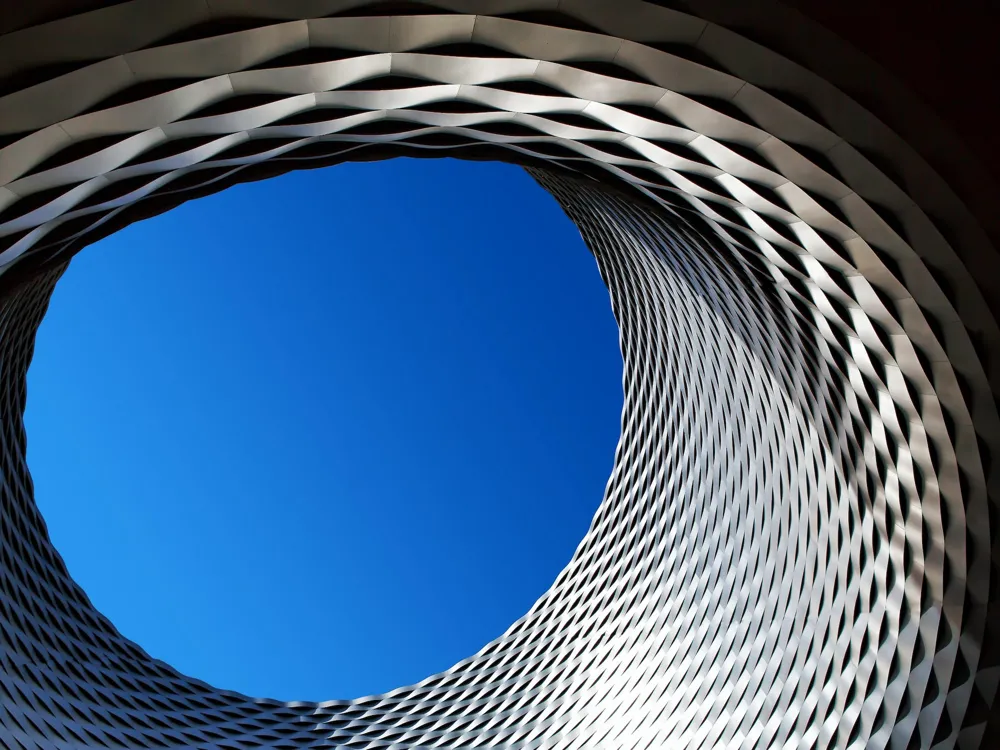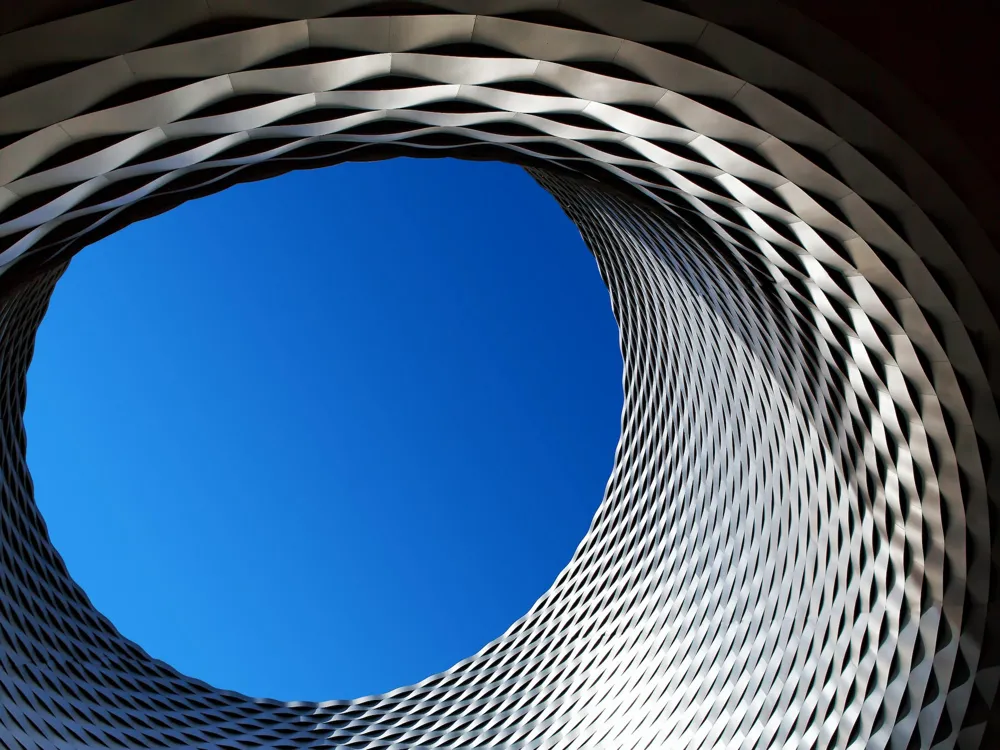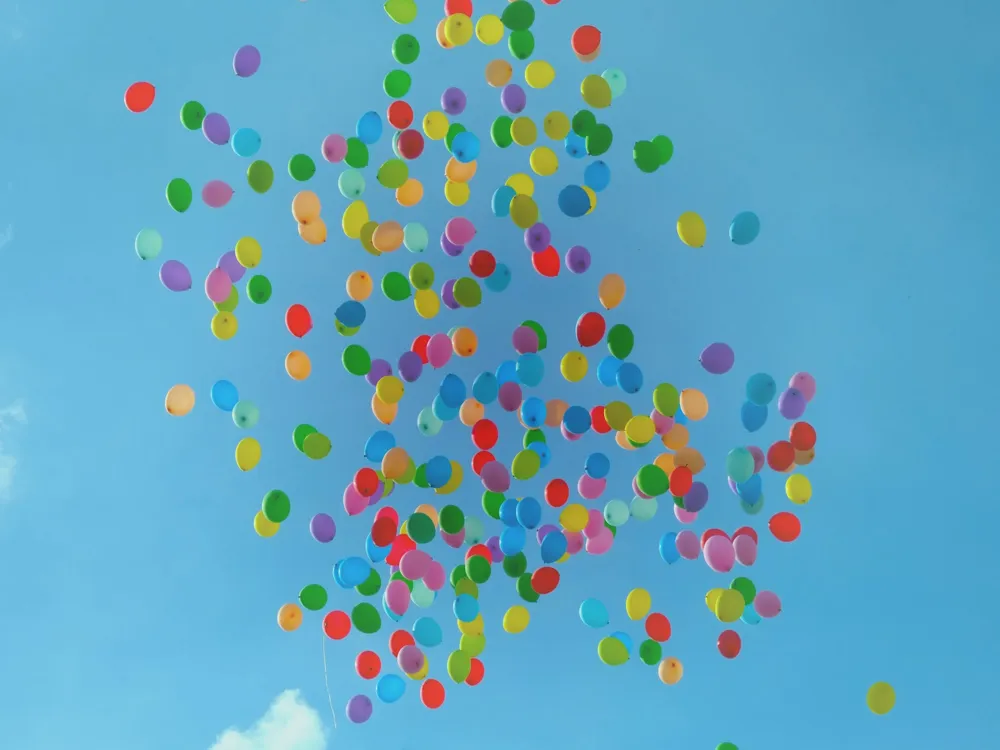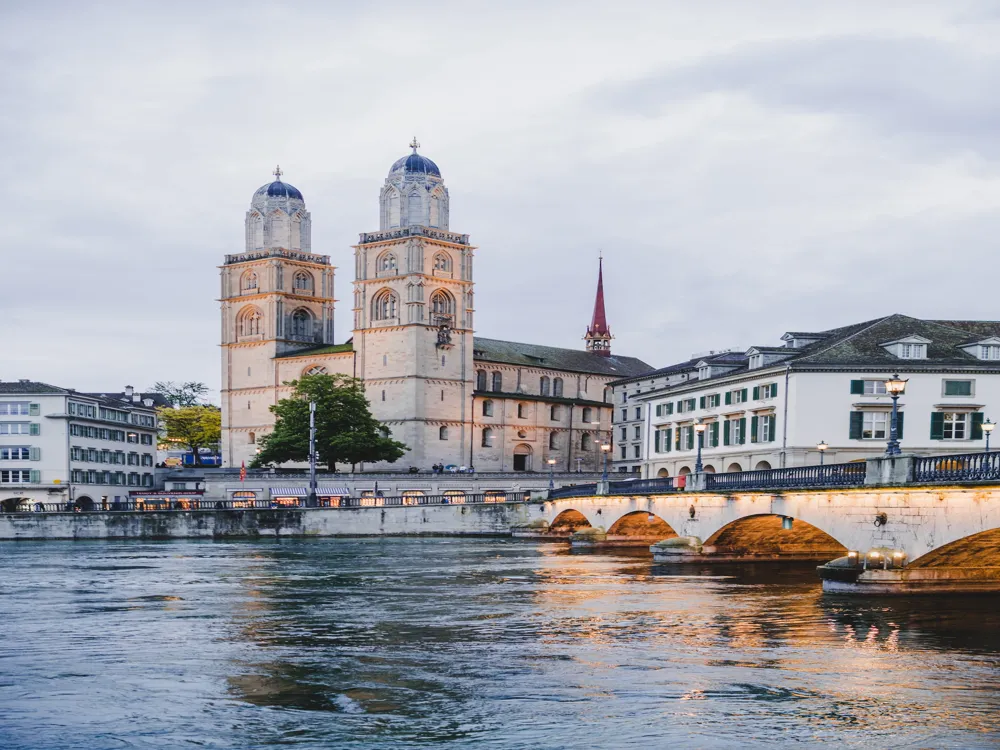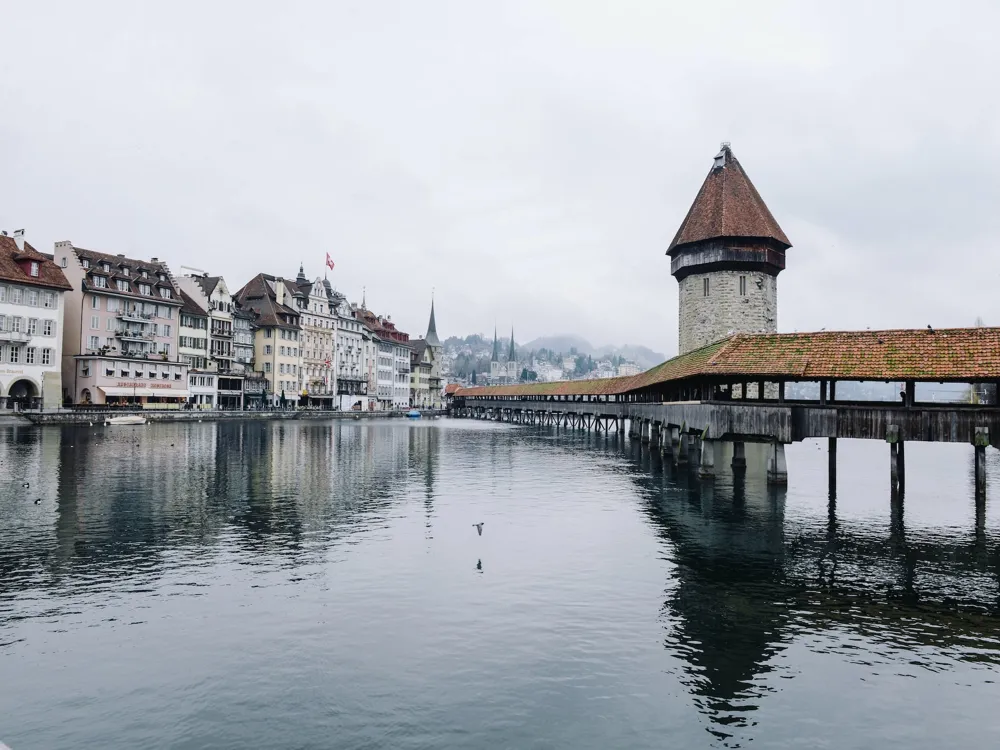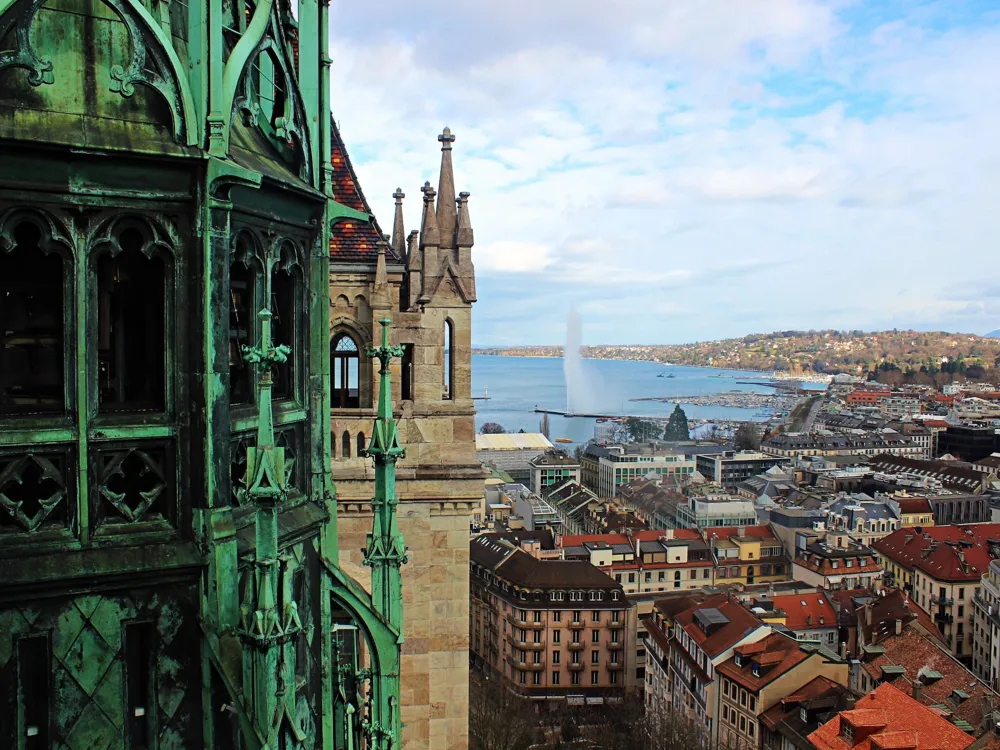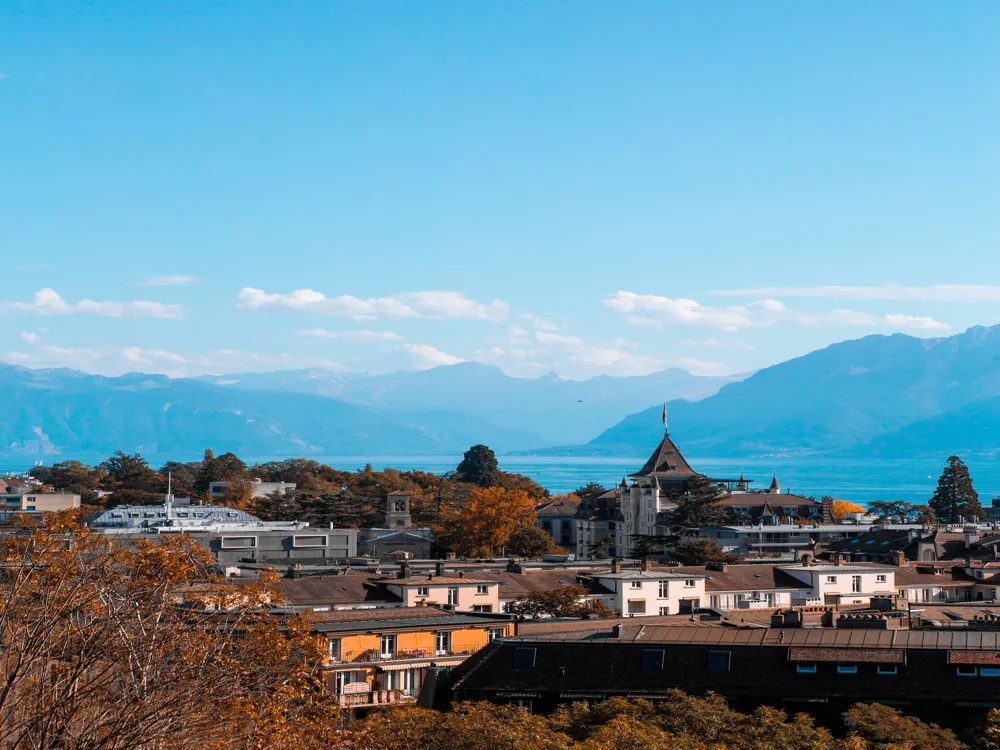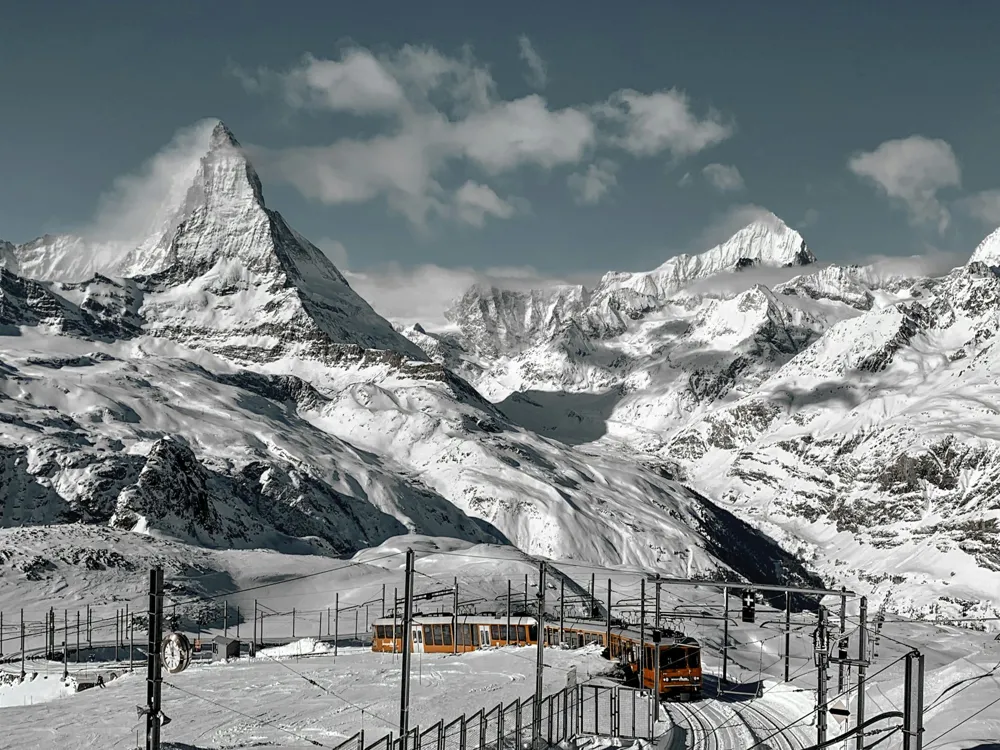The Tinguely Fountain, a magnificent spectacle in Basel, Switzerland, is more than just a water feature. It's a kinetic art piece, a fusion of motion and water that celebrates the innovative spirit of Swiss artist Jean Tinguely. This fountain is not only a visual treat but also a historical landmark, commemorating the old Basel Theater which once stood on the same grounds. Constructed in 1977, the Tinguely Fountain is an intricate assembly of playful, machine-like sculptures. These sculptures, crafted from scrap metal and reminiscent of Tinguely's distinct style, dance in a shallow pool of water. Each piece, with its own character and movement, interacts with the water in a unique way, creating a dynamic and ever-changing display of art and engineering. The Tinguely Fountain is more than a simple tourist attraction. It's a tribute to the innovative and whimsical spirit of Jean Tinguely, a pioneer in kinetic art. His work challenged the traditional notions of art and machinery, bringing them together in an unprecedented way. The fountain is a vivid illustration of his philosophy, showcasing the beauty of movement and the playful interaction between man-made structures and natural elements. At the heart of Tinguely Fountain's architecture is the concept of movement. Unlike static sculptures, the components of this fountain are in constant motion, driven by mechanical forces. Tinguely's use of scrap materials like iron and metal parts, sourced from the old Basel Theater, adds an industrial yet whimsical charm to the fountain. The architectural significance of the Tinguely Fountain lies in its ability to break the boundaries between art, technology, and architecture. Each sculpture is a complex assembly of gears, wheels, and motors, meticulously designed to create a ballet of mechanical movements. The interaction between the sculptures and the water adds another layer of complexity, as the splashing water and the reflections it creates add to the fountain's mesmerizing effect. Tinguely's architectural philosophy was rooted in the belief that art should be interactive and accessible. The fountain, situated in a public space, invites passersby to engage with it, not just as spectators but as participants in the artistic experience. The playful movements of the sculptures, combined with the calming sound of water, create a unique urban oasis that captivates and delights visitors of all ages. The ideal time to visit the Tinguely Fountain is during the late spring and summer months when the weather in Basel is pleasant. During this time, the sunlight plays beautifully on the water and sculptures, enhancing the visual experience. For photography enthusiasts, the best shots of the fountain can be captured during the early morning or late afternoon when the light is soft. Experiment with different angles to capture the dynamic interplay of light, water, and metal. Visitors are encouraged to walk around the fountain and observe the sculptures from different viewpoints. Each angle offers a unique perspective of Tinguely's artistic vision and the fountain's mechanical complexity. Besides the Tinguely Fountain, the area boasts several other attractions including the Kunstmuseum Basel, Basel Minster, and the picturesque Old Town. Plan your visit to include these nearby sights for a fulfilling day in Basel. The Tinguely Fountain is conveniently located in the heart of Basel and is easily accessible by various modes of transportation. For those using public transport, the Basel SBB train station is a short walk away. Tram lines 1 and 2 also stop near the fountain, making it accessible from different parts of the city. For visitors driving, there are several parking options available in the vicinity. The fountain is also within walking distance from many central hotels and tourist accommodations in Basel.Overview of Tinguely Fountain in Basel
Architecture of Tinguely Fountain
Tips When Visiting Tinguely Fountain
Best Time to Visit
Photography Tips
Interactive Experience
Nearby Attractions
How To Reach Tinguely Fountain
Tinguely Fountain
Basel
NaN onwards
View basel Packages
Basel Travel Packages
View All Packages For Basel
Top Hotel Collections for Basel

Private Pool

Luxury Hotels

5-Star Hotels

Pet Friendly
Top Hotels Near Basel
Other Top Ranking Places In Basel
View All Places To Visit In basel
View basel Packages
Basel Travel Packages
View All Packages For Basel
Top Hotel Collections for Basel

Private Pool

Luxury Hotels

5-Star Hotels

Pet Friendly







